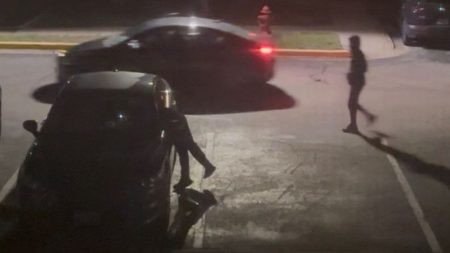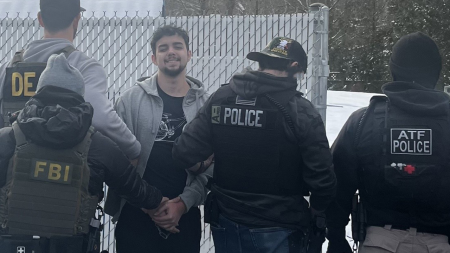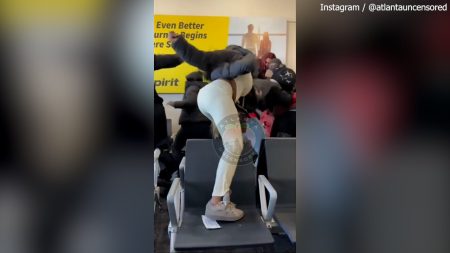Daniel Penny, a former Marine and New York City resident, broke his silence in an exclusive interview with Judge Jeanine Pirro, providing his perspective on the events leading to the death of Jordan Neely and his subsequent acquittal on charges of criminally negligent homicide. Penny’s actions on a Manhattan F train in May 2023 sparked a national debate about vigilantism, mental health, and public safety in urban environments. Penny asserted that he acted out of necessity to protect himself and other passengers from Neely, whom he described as exhibiting erratic behavior and making explicit threats of violence, including claims of intending to kill people and go to jail for life. Penny recounted the incident, emphasizing his vulnerable position on the train floor while restraining Neely, arguing that releasing him would have jeopardized his own safety and potentially the safety of others. He expressed a deep conviction that intervening, despite the potential legal and social repercussions, was the only morally justifiable course of action.
Penny’s interview provided insights into his personal values and motivations. He characterized himself as a non-confrontational individual, expressing discomfort with the intense public scrutiny and polarized opinions that followed the incident. While some lauded him as a hero, others condemned his actions as excessive force against a vulnerable individual. Penny maintained that his primary concern was preventing harm to others, accepting the personal costs, including legal battles and public condemnation, as a necessary consequence of his actions. He underscored the immense guilt he would have borne if Neely had harmed or killed someone after he had released him.
The interview also touched upon Penny’s views on the broader social and political context surrounding the case. He criticized the policies of Manhattan District Attorney Alvin Bragg, characterizing them as ineffective and politically motivated. Penny argued that these policies, which he perceived as prioritizing the rights of criminals over the safety of the public, contributed to a climate of fear on the city’s subway system. He cited several instances of violence on the subway, including stabbings and assaults, as evidence of a growing threat to public safety. Penny believed that Bragg’s decision to prosecute him was driven by political considerations rather than a genuine pursuit of justice.
Penny’s account of the incident was corroborated by eyewitness testimony during the trial. Witnesses described Neely’s erratic behavior and explicit threats, confirming Penny’s claims of a perceived imminent danger. Ivette Rosario, a 19-year-old student, testified that Neely’s threats, delivered with a menacing tone, instilled fear in her and other passengers. This testimony, alongside other eyewitness accounts, painted a picture of Neely as a credible threat to public safety, strengthening Penny’s defense that his actions were justified. The jury ultimately found Penny not guilty, accepting his argument of self-defense and the defense of others.
Adding further context to the situation, Neely’s history of mental illness and criminal activity was also highlighted during the trial. His struggles with schizophrenia and substance abuse, coupled with an active arrest warrant and prior arrests, contributed to the complexity of the case. These details raised questions about the adequacy of mental health services and the challenges faced by individuals grappling with such conditions, particularly within the context of a bustling urban environment. The trial exposed the intersection of mental health, public safety, and the legal system, raising broader societal questions about how to best address these complex issues.
Daniel Penny’s background and personal character also played a significant role in the public perception of the case. A Marine veteran with a humanitarian award for assisting hurricane victims, Penny was portrayed by friends and witnesses as a calm, empathetic individual. Testimony revealed his involvement in school orchestra and lacrosse, as well as his dedication to his studies in architecture while working two jobs. This portrayal of Penny as a responsible and community-minded individual contrasted with the narrative of a vigilante taking the law into his own hands. The jury’s verdict ultimately reflected their acceptance of Penny’s narrative of self-defense and defense of others in a perceived dangerous situation.










